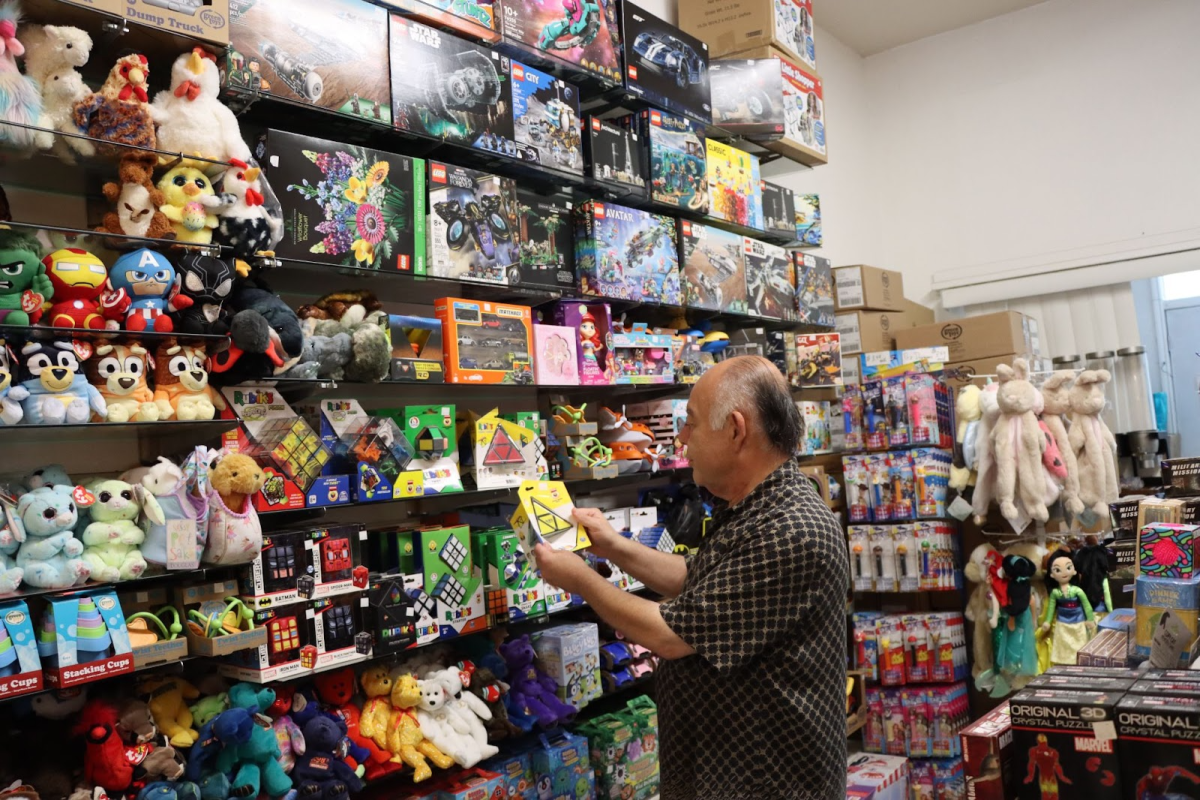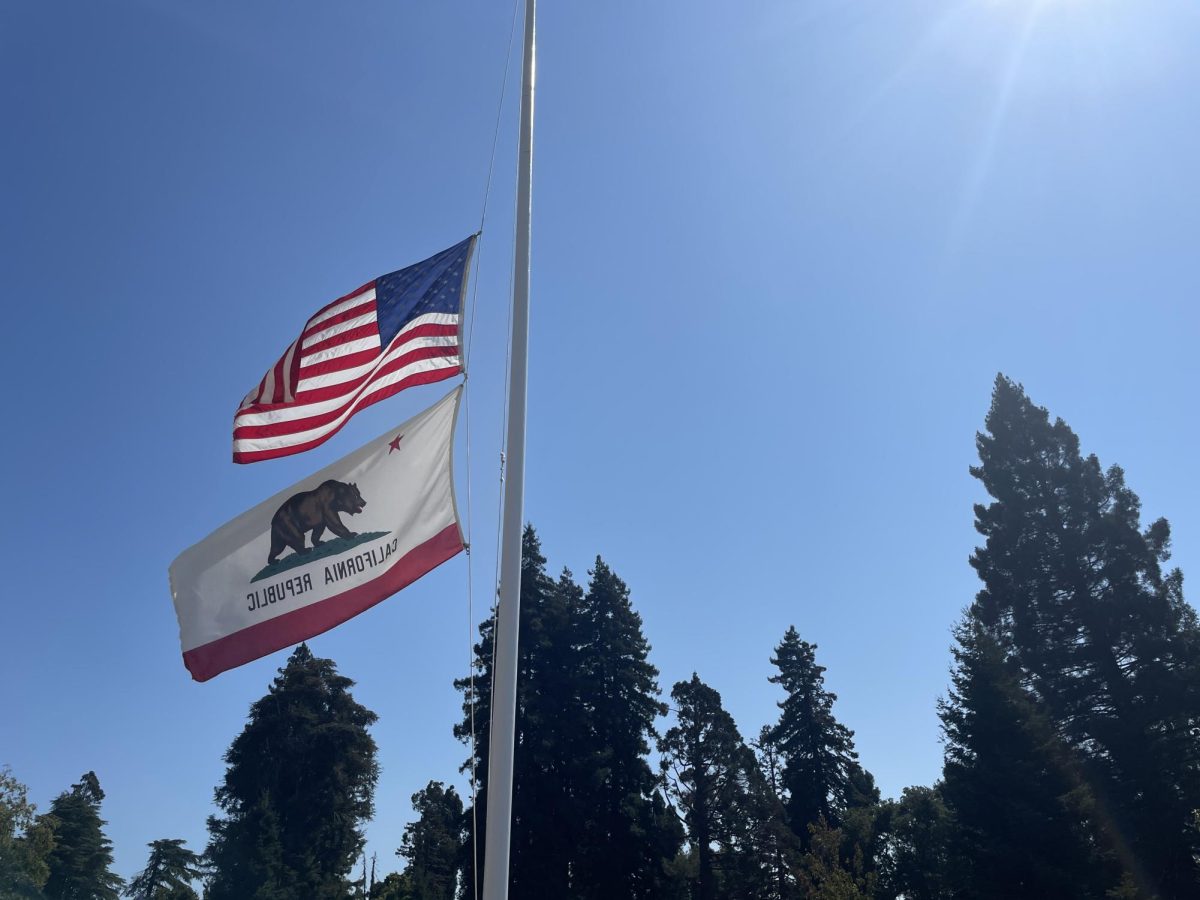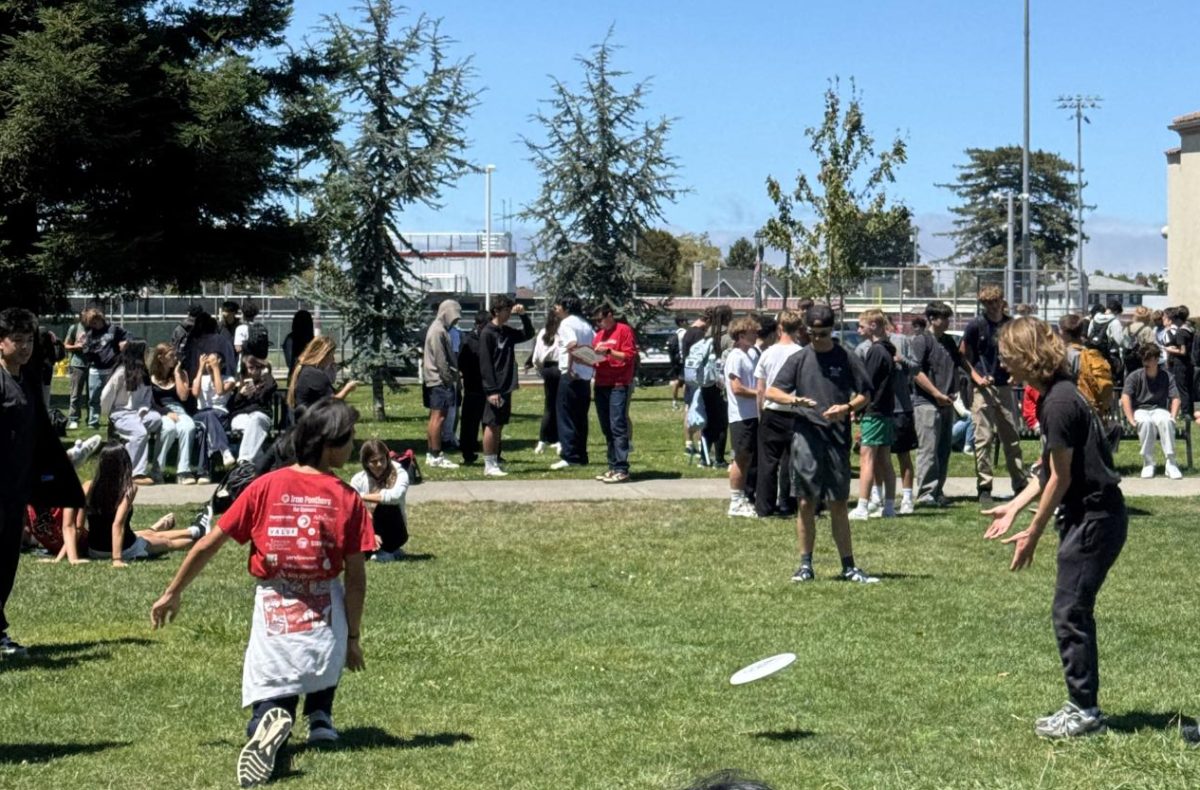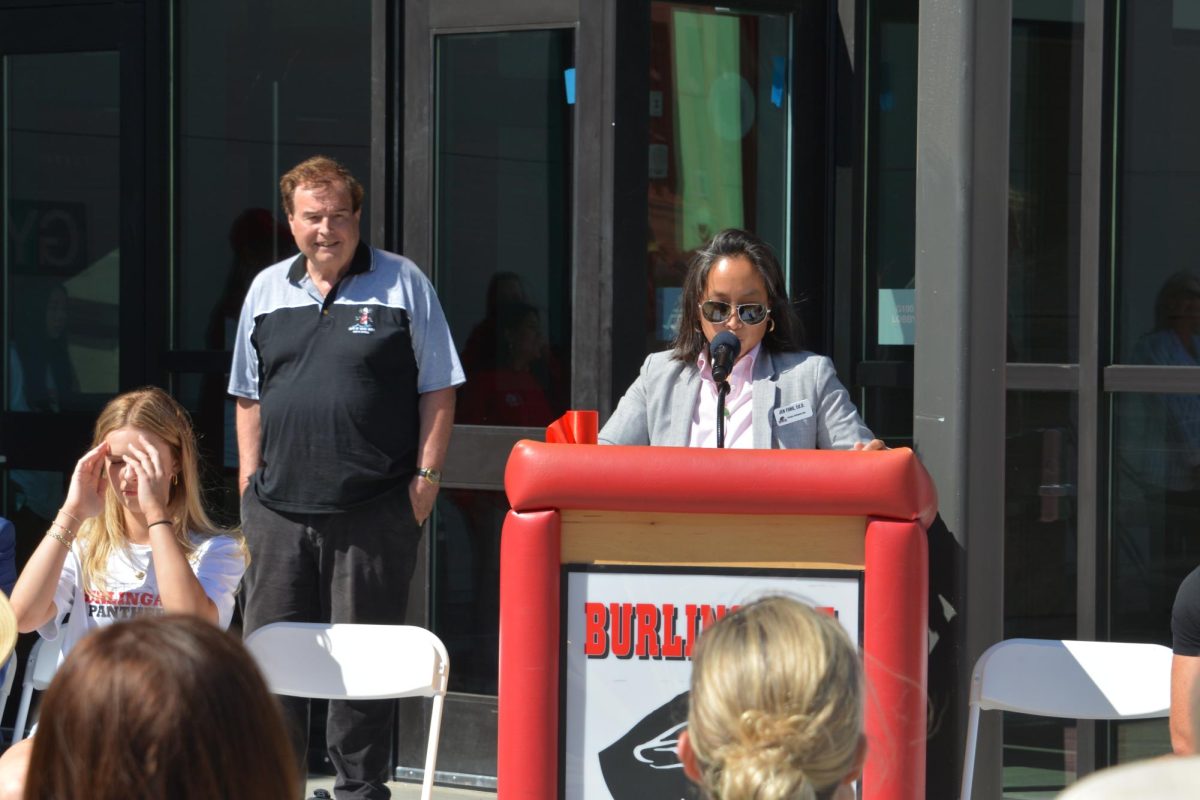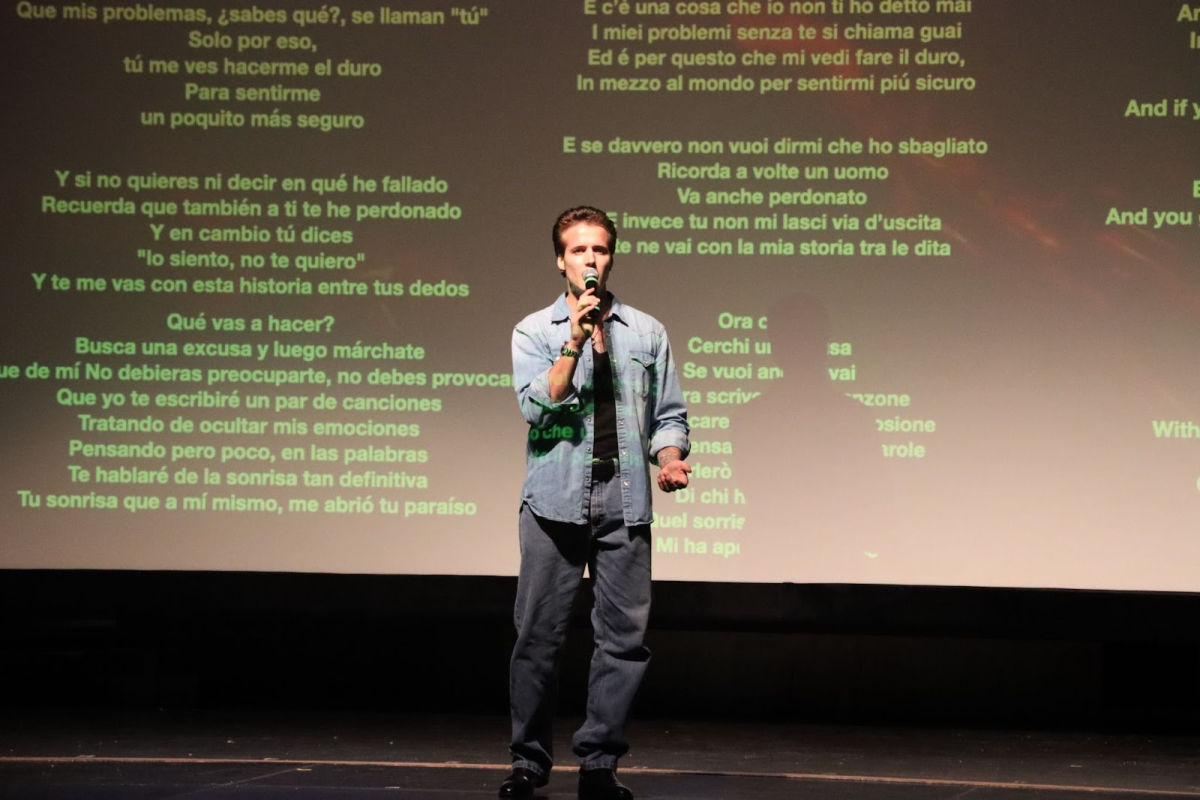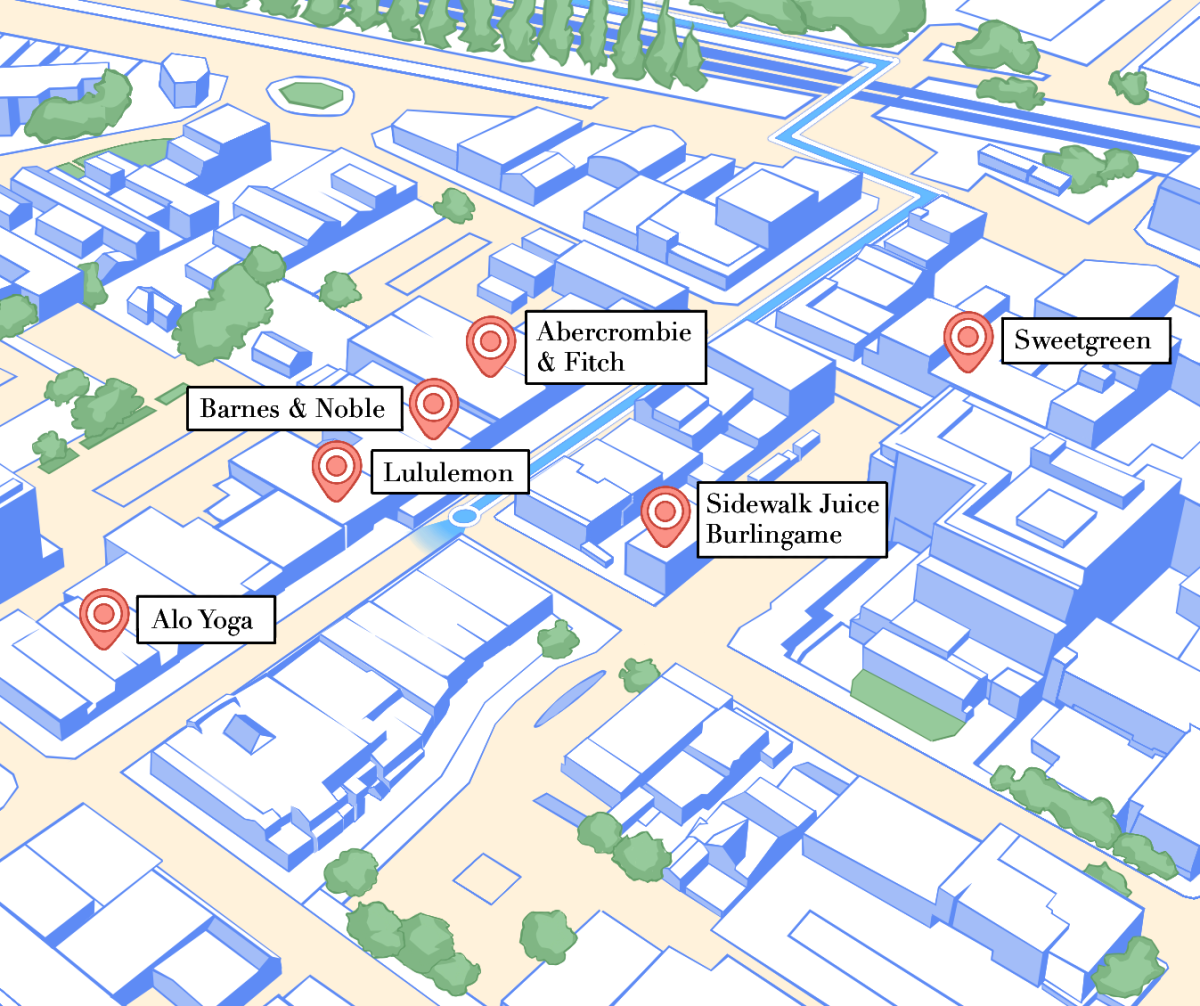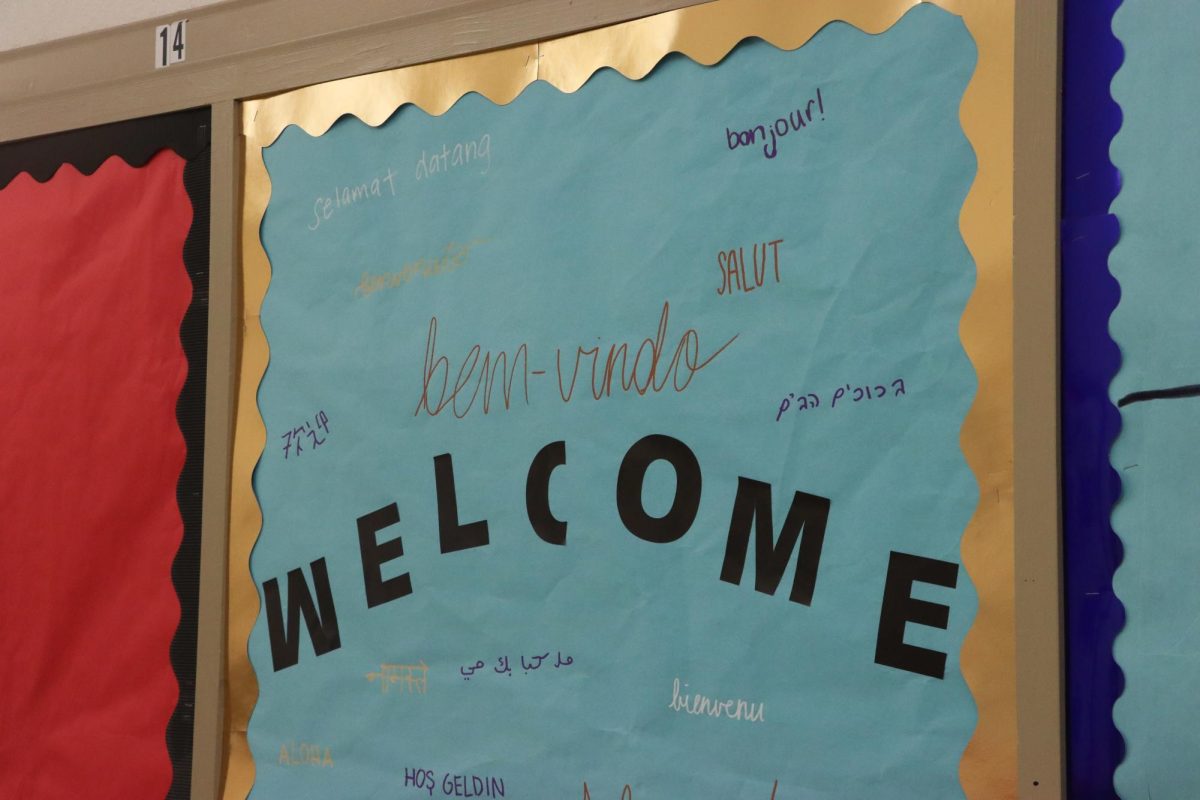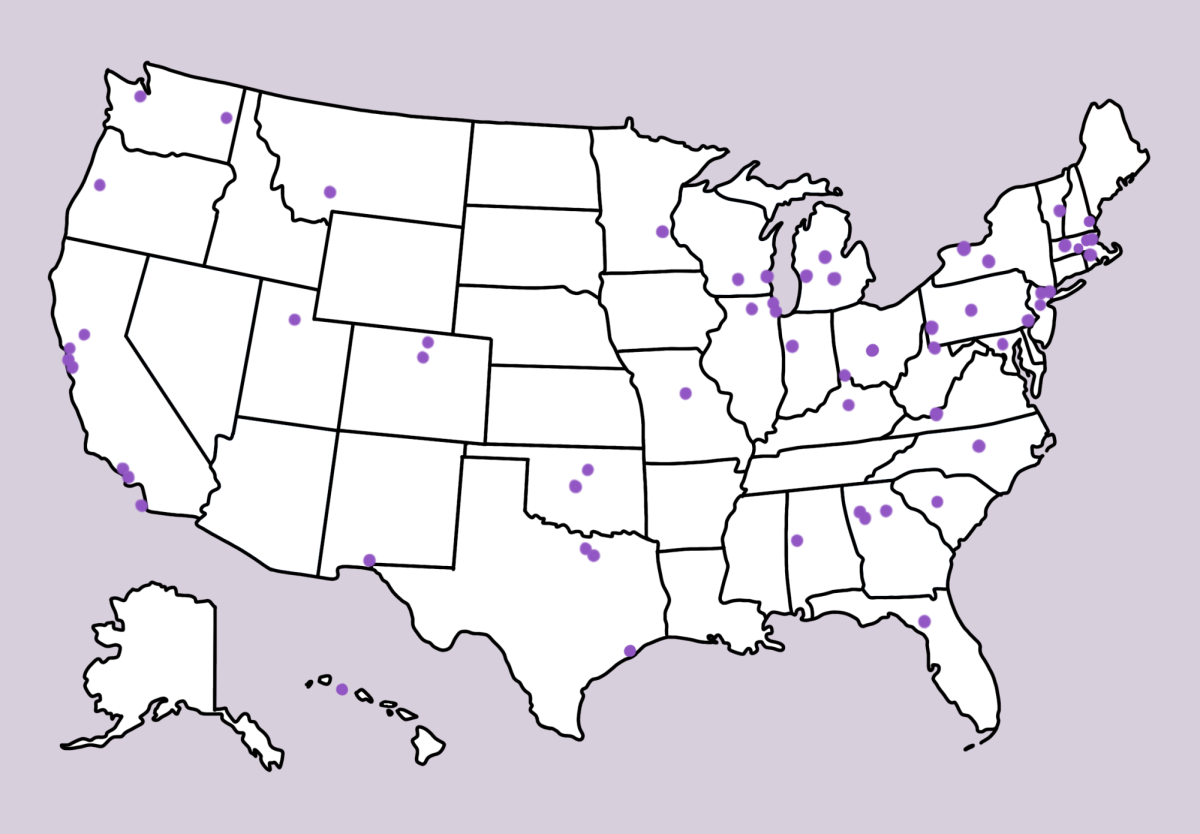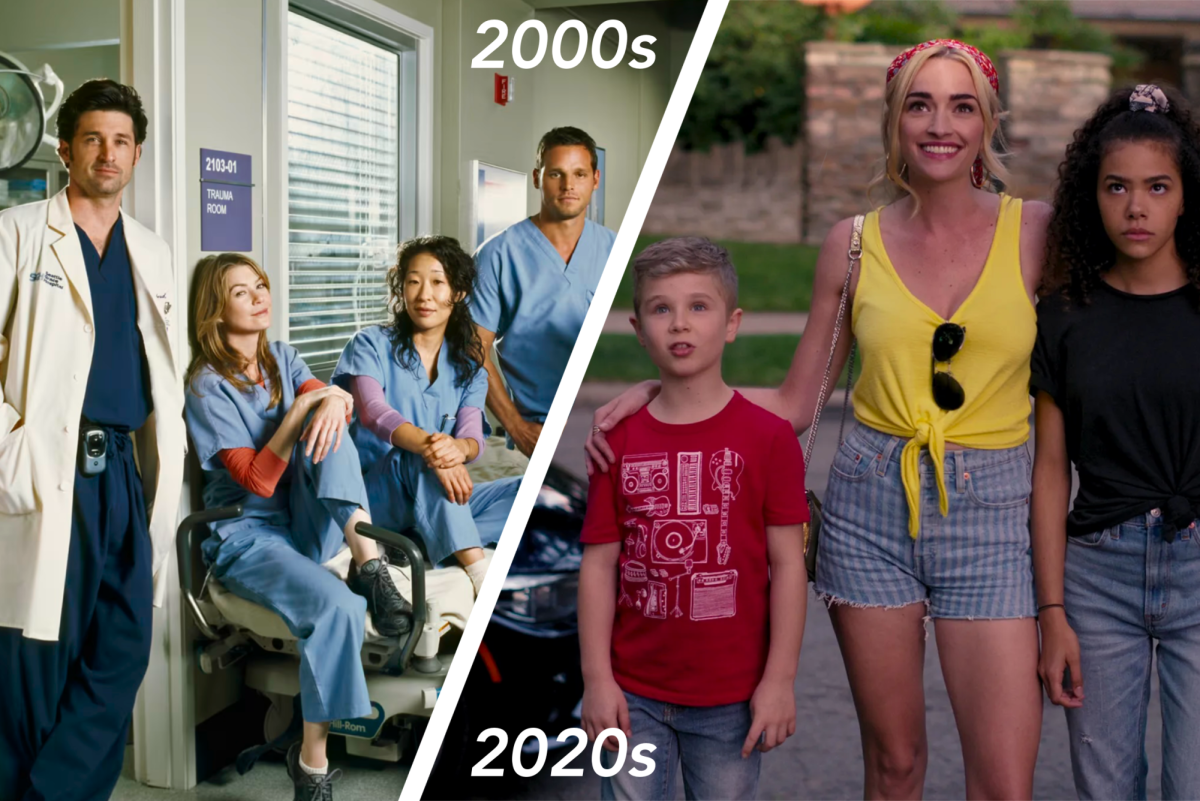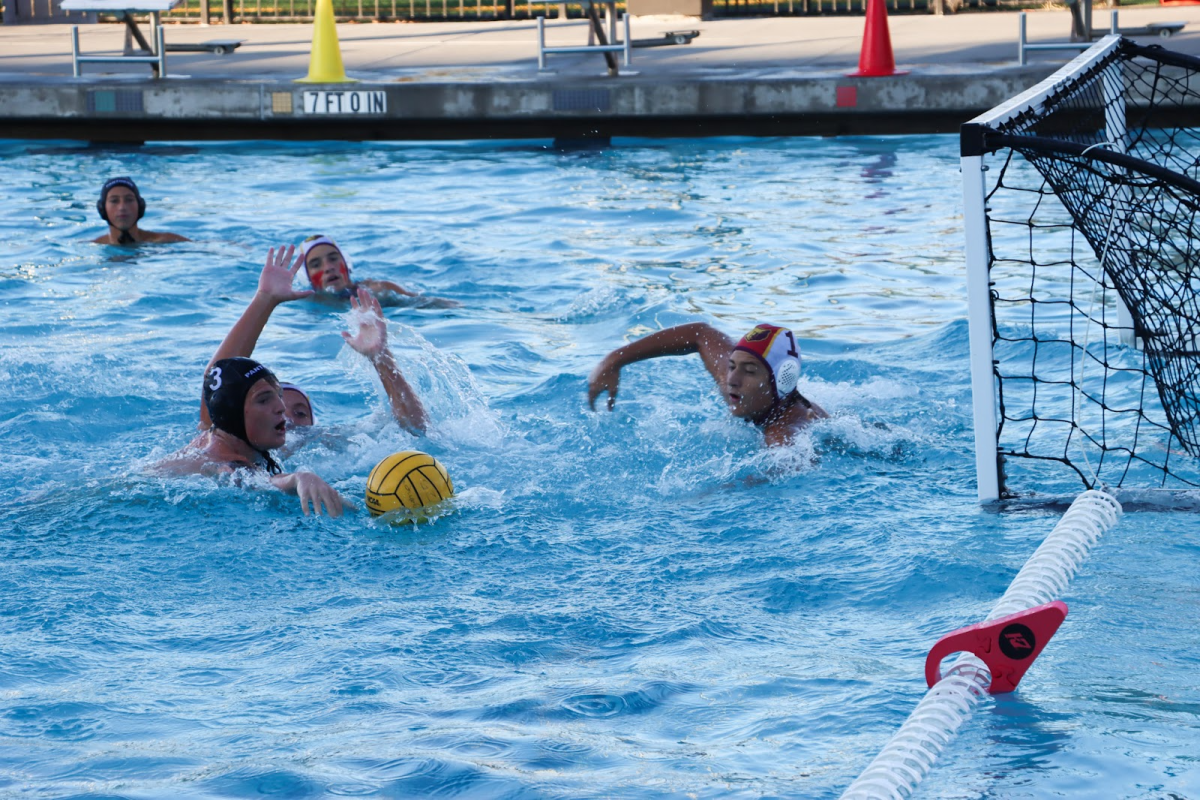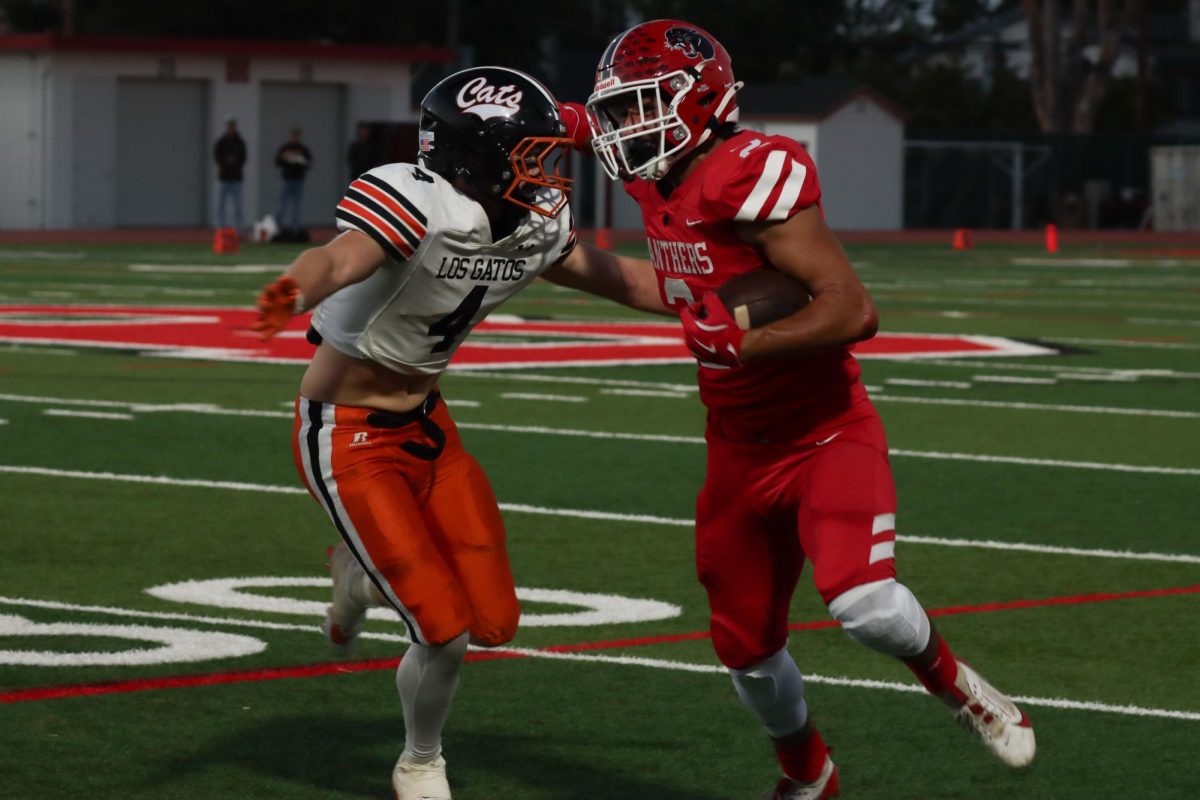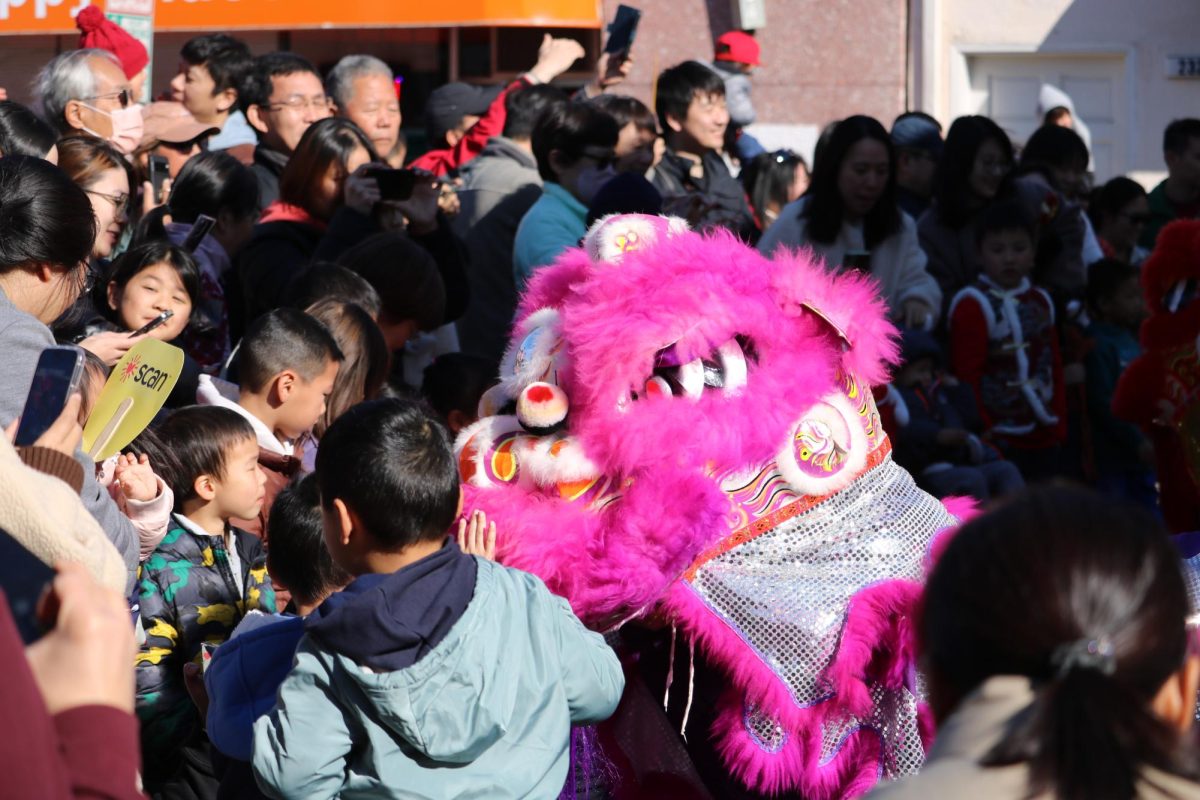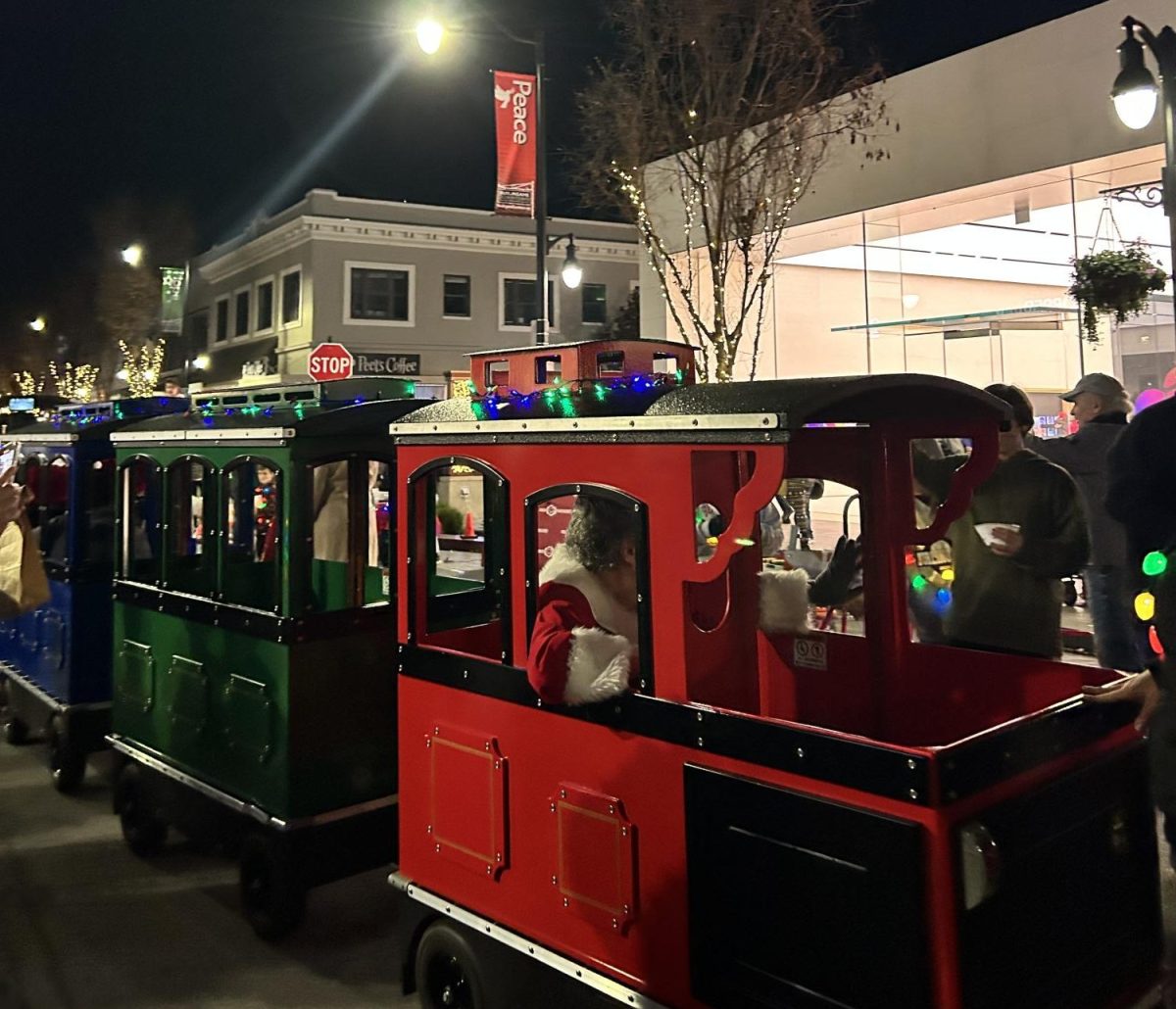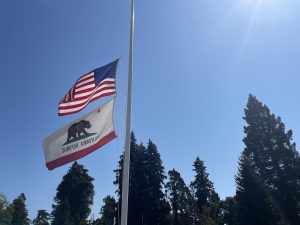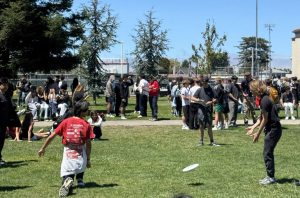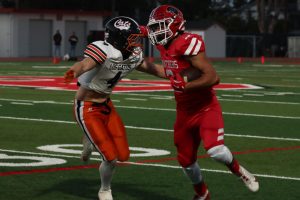City plans to make modified parklet program permanent
Customers of downtown Burlingame’s Trapeze restaurant dine in outdoor parklets on Thursday, Oct. 28
November 9, 2021
More than a year ago, on Aug. 12, 2020, members of the City of Burlingame’s Economic Development Subcommittee (EDS) met to discuss just one topic: how to optimize downtown outdoor dining. With indoor dining restricted due to the COVID-19 pandemic, city officials — along with then-council member and vice mayor Ricardo Ortiz and Ann O’Brien Keighran— scrambled to help restaurants on Burlingame Avenue and Broadway stay afloat.
The group’s first proposal consisted of weekend closures on those two main streets to encourage outdoor dining and pedestrian activity. While this provided opportunities for restaurants, problems quickly arose: the city lost nearly 200 parking spots on Burlingame Avenue alone, businesses lost traffic and social distancing was largely disregarded, according to Public Works director Syed Murtoza.
Just five days later, the city council met to transition away from the closures to a parklet program, allowing restaurants to construct outdoor enclosures to seat customers. According to Lisa Goldman, Burlingame’s city manager and a member of the EDS, this program — a compromise between restaurants, retail stores and the city government — has been relatively successful, and will continue through August of 2022.
“The parklets were a really good compromise on how to serve everyone, and they’ve been working really well; they’re super successful,” Goldman said.
However, with the pandemic slowing down (per the New York Times, San Mateo County has only 0.3 virus deaths each day) and the city of Burlingame reopening, parklets have made their way back onto the subcommittee’s agenda. Restaurants that have spent up to $40,000 constructing and customizing their parklets don’t want to give them up anytime soon.
“All of the parklet tables are the first ones to fill up,” said Julia Roselin, director of operations at Burlingame Avenue’s Pizzeria Delfina. “The parklets are requested by the guests; they get the most amount of turns throughout our dinner service.”
While Goldman and the city council understand the importance of the parklets for restaurants, they are discussing changes to the program to make it more sustainable in the future.
“With all these people eating on the sidewalk, cleanliness is a problem,” Goldman said. “Now, we’re in the process of figuring out how to charge restaurants and use that money to increase cleaning so that we can try to keep the pavers in better shape.”
Burlingame’s parklet situation is not unique. San Francisco, which just made its “shared spaces” program permanent, is now discussing regulations as well. For a city with notoriously limited parking, San Francisco has had trouble accommodating 1,700 parklets.
In Burlingame, the government loses about $20,000 a month in parking revenue with parklets occupying 40 spaces. The city council also has to balance its support for restaurants and retail businesses, as the latter loses parking availability with parklets in the streets.
“[Parklets] are public spaces being used for private purposes. At some point, once we figure out what the appropriate fee is to charge, we’re going to start charging for the space,” Goldman said. “Otherwise, those businesses really are getting the benefit over everybody else.”
Regardless of what the council decides, Burlingame’s restaurants are flexible. With all of the changes to pandemic-related restrictions and guidelines, businesses like Pizzeria Delfina are no newcomers to adaptation.
“We’ll make it work. We’ve proven that we can make anything work during this really challenging time,” said Roselin.


